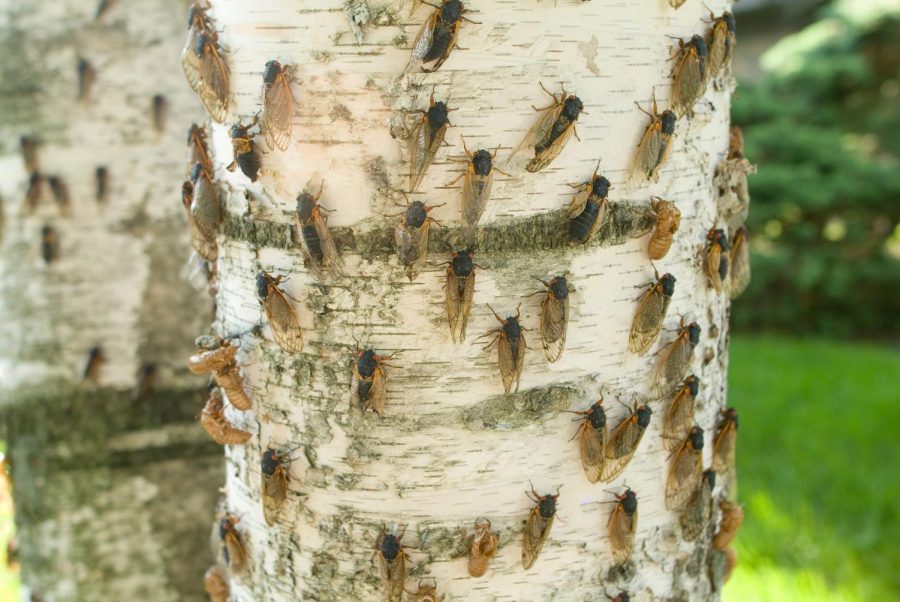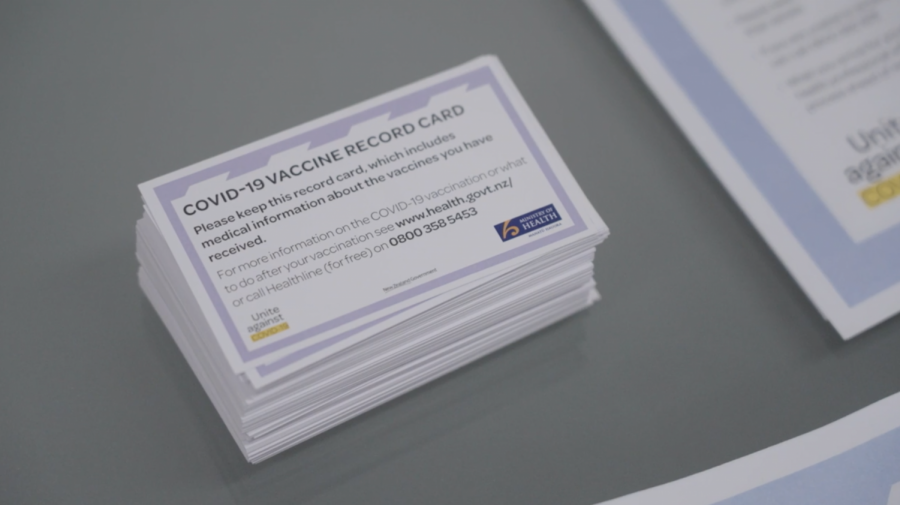Molecular biologist Dr. Ken Oestreich presented his research on “Cooperative roles for STAT and Ikaros zinc finger transcription factors in the regulation of T helper cell differentiation” to over forty faculty members and students in Winston Hall on Oct. 8.
Oestreich earned his Ph.D from Vanderbilt in 2006 and now holds appointments as an Assistant Professor at the Virginia Tech Carilion Research Institute, the Biomedical Sciences and Pathobiology, Virginia-Maryland College of Veterinary Medicine, and the Virginia Tech Carilion School of Medicine.
Oestreich’s research focuses on how transcription factors, which are proteins that control how DNA is read and expressed to make other proteins, contribute to cellular differentiation and immune system function. His talk focused on differentiation in T helper cells, a specific type of white blood cell that is important to the immune system. Dr. Sarah McDonald, an Associate Professor of Biology at Wake Forest, hosted Oestreich during his visit to the department.
“[Oestreich’s work] has laid the foundation for understanding that T cells can become one type of T cell and then become another type of T cell,” McDonald said. This challenges the traditional assumption that once these cells differentiate, or specialize, they cannot change type.
Oestreich focused his presentation on two complexes of transcription factors that regulate gene expression, leading to either T helper 1 (Th1) cells or T follicular helper (Tfh) cells.
Both cell types are important to the immune system but have different functions. Th1 cells play an important role in responses to pathogens like bacteria, while Tfh cells aid in the creation of antibodies.
Research so far has shown that as the environment of the immune system changes with a developing immune response, it can lead to changes in T helper cell differentiation or even new populations with features of both cell types.
A key step in the differentiation of T helper cells begins with Interleukin-2 (IL-2), a signaling molecule in the immune system. High levels of IL-2 correspond with increases in STAT5, a protein which helps to activate expression of Blimp1, a gene that in turn contributes to Tfh differentiation. Low levels of IL-2 correspond instead to increases in a different transcription factor called STAT3, which helps activate BCL6, a gene important to the expression of Th1 cells.
Eos and Aiolos are closely-related transcription factors from a family called the Ikaros zinc finger factors. Oestreich detailed the work his lab has done, linking transcription factors STAT5 and STAT3 to Eos and Aiolos, respectively.
He presented evidence suggesting that the zinc finger factors each form a complex, physically interacting with their respective STAT factor to increase the STAT factor’s activation and induce Blimp1 or BCL6 expression.
Oestreich and his team are still working to uncover the specific mechanisms behind these STAT and zinc finger factor transcription complexes, but their research so far helps us to better understand how T helper cells differentiate and how that differentiation could be altered through changes in gene expression.
“We think of cellular differentiation as a one-way ticket,” said Jessica Hall, a master’s student who studies in McDonald’s lab. “But Dr. Oestreich reminded us that gene expression patterns are always changing.”
Understanding the mechanism behind T cell differentiation is especially important because, while helper T cells are vital for a healthy immune system, they can also play a role in serious autoimmune diseases, including type 1 diabetes, lupus and multiple sclerosis. Oestreich explained that he hopes aid in the treatment of Tfh-related autoimmune conditions with his research.







